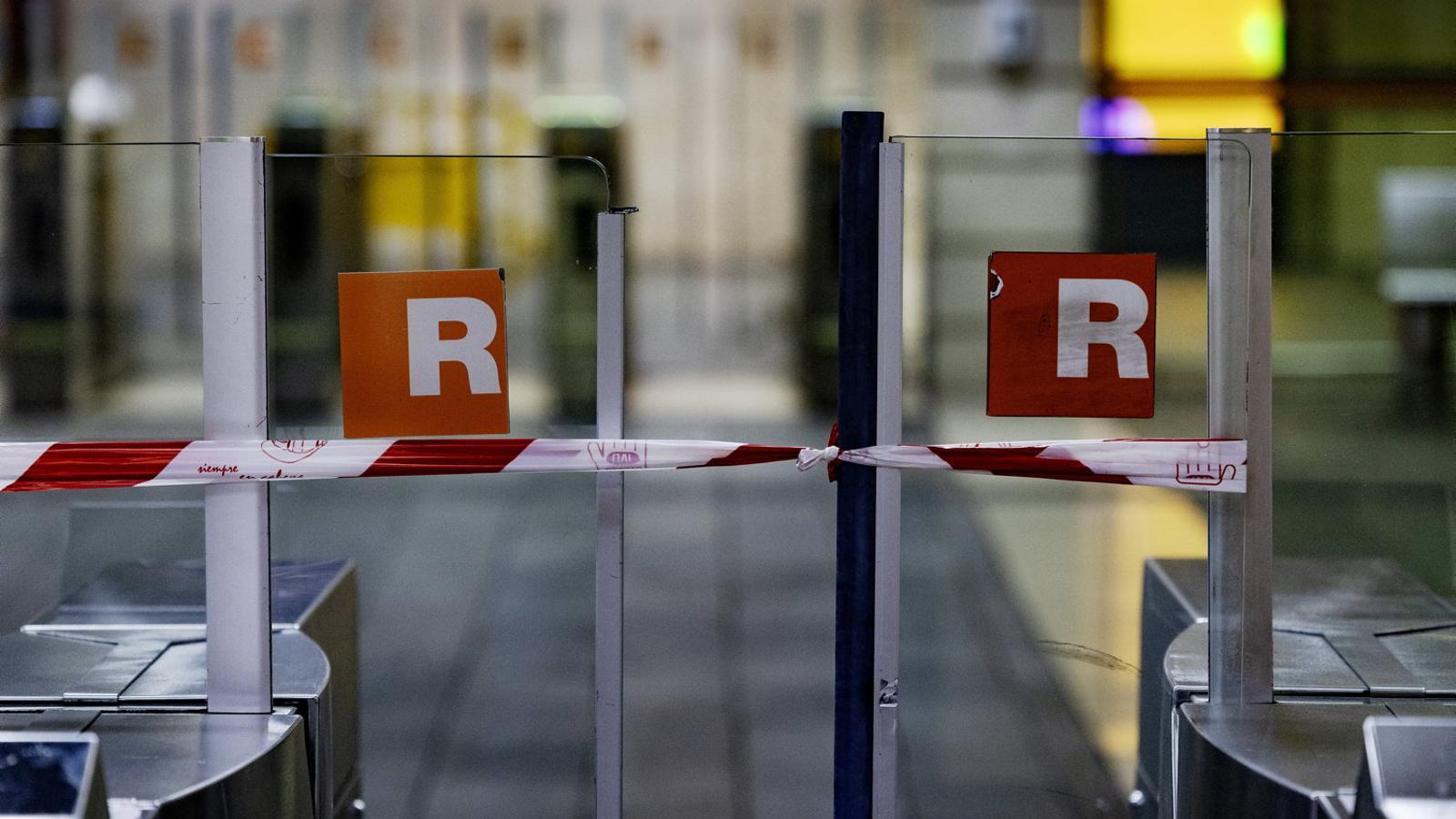Escalators and elevators stopped at dozens of stations
Since February, a new company has been in charge of maintenance, but the problems have not yet been resolved.


BarcelonaArc de Triomf, Catalunya, Clot, Premià, Prat, Granollers, Sabadell, Hospitalet... users of all these stations (and many others) have been publicly denouncing on social media for months that numerous elements of the facilities at their stops are out of order. Already in early February, The Vanguard He reported that at least seventy escalators and elevators in commuter rail stations across Catalonia are out of service, with no one apparently doing anything to remedy the situation. Until February, the company awarded the contract for this maintenance was Schindler.
The situation makes it difficult for many people with reduced mobility to access this public transport system and has caused a lot of headaches for the operator, Renfe, which has even repeatedly fined the company awarded the contract for failing to meet deadlines and conditions. So much so that in February, the operator changed course and announced a new bidding process to change companies: from Schindler to TKE Elevadores España (formerly Thyssenkrupp Elevator).
The new contract, worth €8.5 million, is already in effect for the next four years, but the problem has yet to be resolved. The goal is to replace up to 90 elevators and around 40 escalators, but before starting to troubleshoot the issues, the new company is taking stock of everything that is down and needs to be inspected.
The new contract includes preventive maintenance of the equipment and the resolution of incidents and, for the first time, as Renfe explained in its statement, also includes the modernization of these facilities. In fact, this is one of the objectives included in the Urgent Measures Plan that the Department of Territory of the Generalitat (Catalan Government) has implemented together with Renfe, Adif, and the Mossos d'Esquadra (Catalan police).
In this way, the operator aims to reduce incidents and complaints of this type from users—which have increased in recent months—as well as waiting times for repairs. In short, to alleviate (at least somewhat) the discomfort among users due to the structural deficiencies of the rail network.
